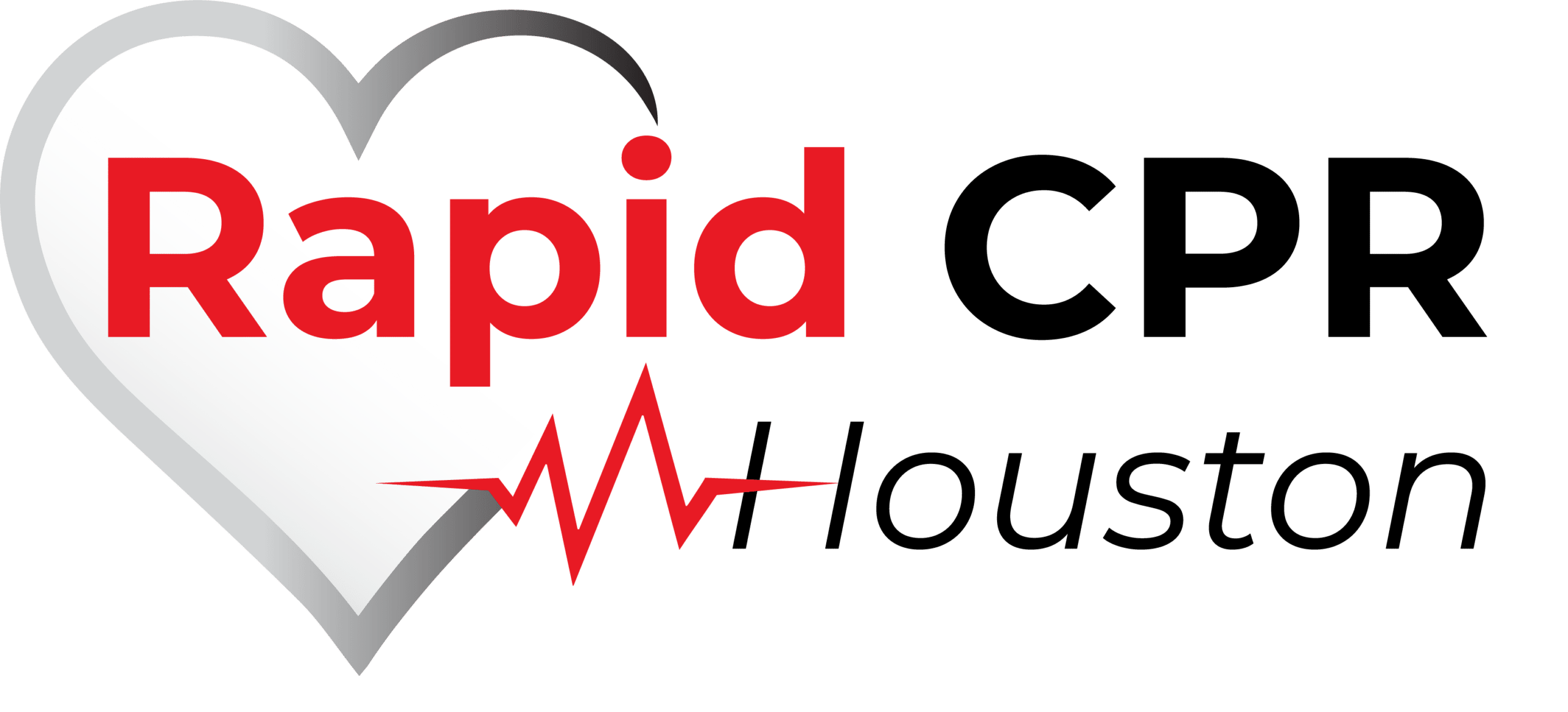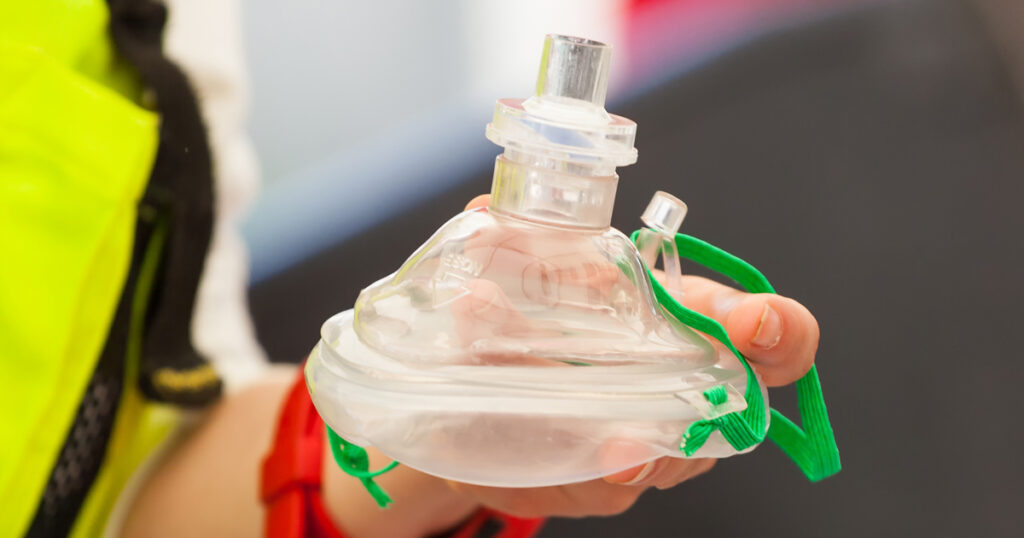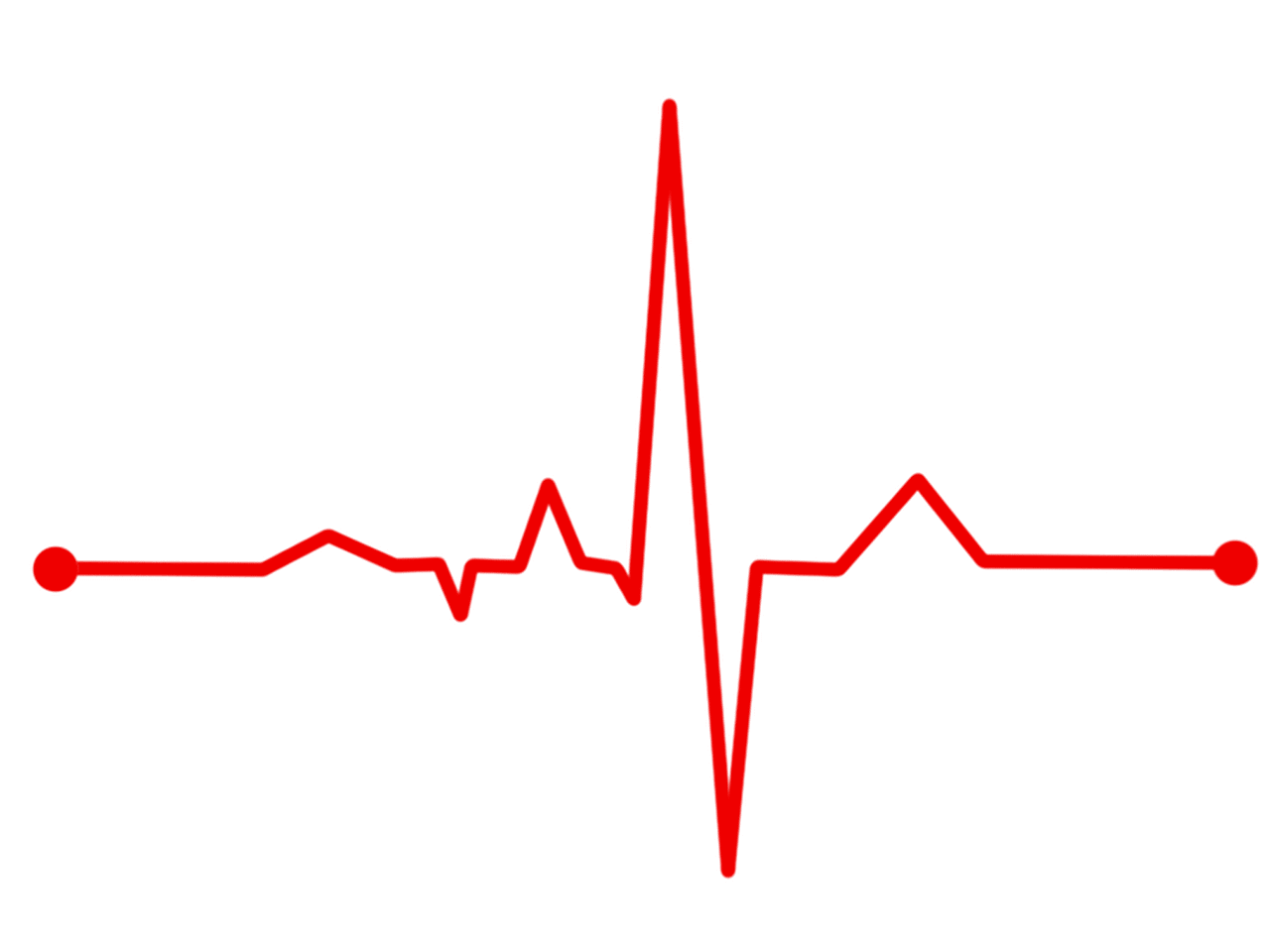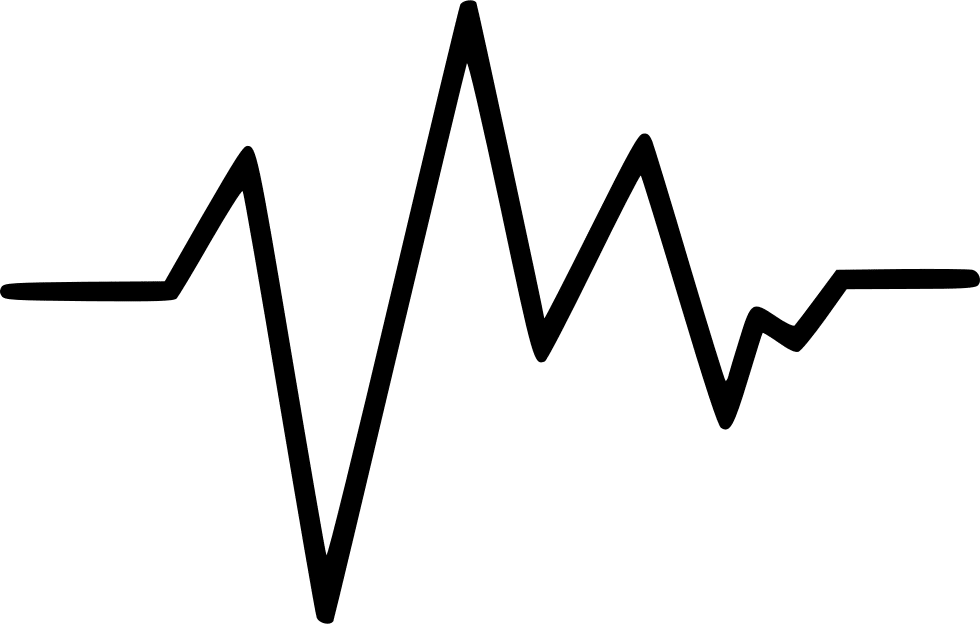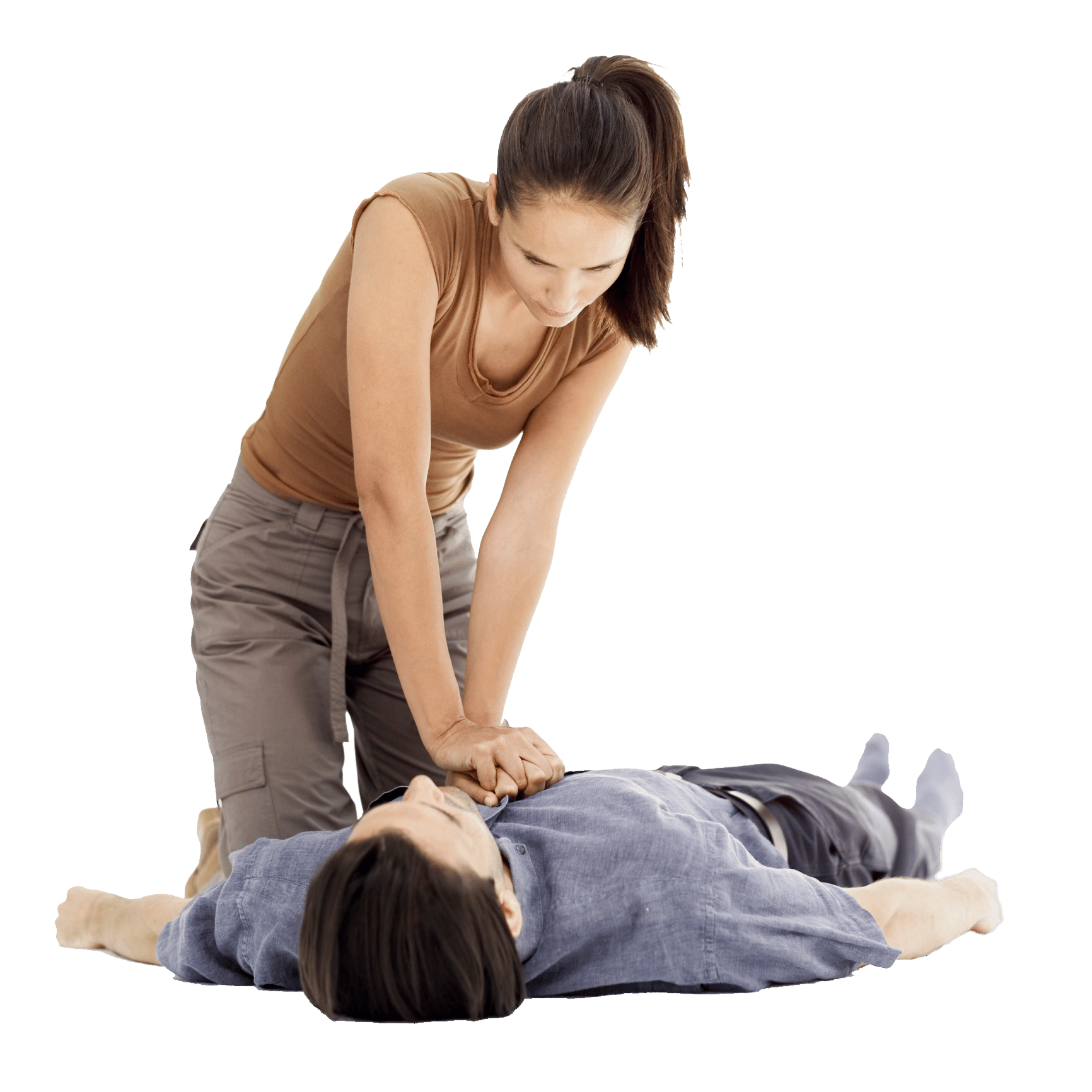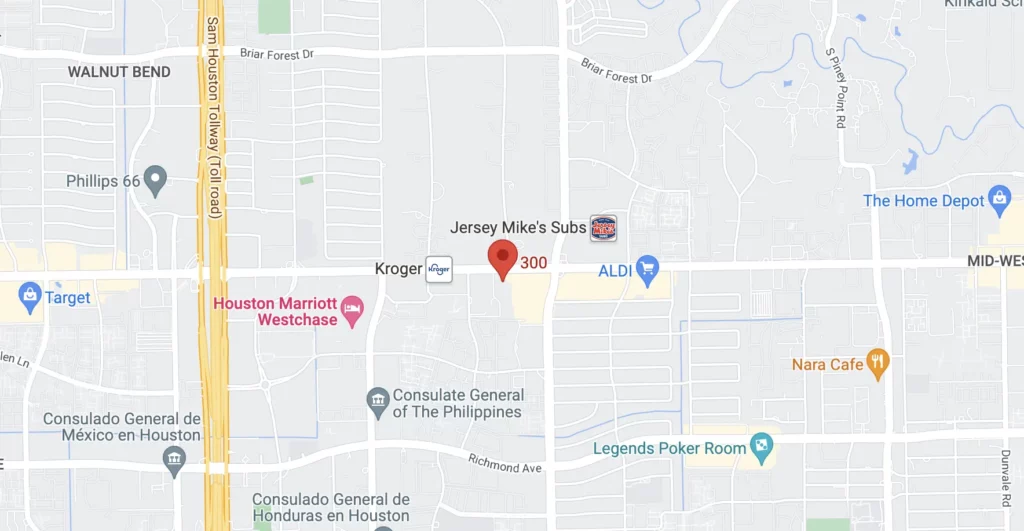In the realm of CPR training, the use of personal resuscitation (PR) masks and shields stands as a critical aspect of ensuring safety and efficacy. These tools are designed not only to facilitate the delivery of rescue breaths efficiently but also to prevent direct contact and minimize the risk of transmitting infections between the rescuer and the victim.
At Rapid CPR Houston, we emphasize the importance of familiarizing oneself with PR masks and shields as part of comprehensive CPR training. This article explores the types, benefits, and proper usage of PR masks and shields, reinforcing their role in effective and safe CPR practices. Whether you’re a healthcare professional, an educator, or simply a concerned citizen, understanding these tools is key to being prepared in life-saving situations. Join us as we delve into the crucial details of PR masks and shields, enhancing your readiness to act confidently and responsibly during emergencies.
Types of PR Masks and Shields
Personal resuscitation (PR) masks and shields come in various forms, each designed to cater to different scenarios and user preferences. The most common types include pocket masks, face shields, and bag valve masks (BVMs).
Pocket masks are small, portable devices that fit over the patient’s nose and mouth. They have a one-way valve to prevent air (and potential pathogens) from the casualty from reaching the rescuer. Most pocket masks also come with an oxygen inlet that allows for supplemental oxygen to be administered, enhancing the effectiveness of rescue breaths.
Face shields, usually more compact than pocket masks, are thin plastic barriers that cover the victim’s mouth or face. These are typically used in large-scale training sessions or instances where portability and ease of use are crucial. They often feature a one-way filter to protect the rescuer from potential exposure to infectious diseases.
Bag Valve Masks (BVMs) are more advanced and generally used in professional settings by trained personnel. This device includes a self-inflating bag attached to a mask that covers the nose and mouth, allowing for higher efficiency in delivering ventilation to the patient.
Benefits of Using PR Masks and Shields in CPR
Using PR masks and shields during CPR offers multiple benefits that underline their importance in emergency medical situations. These devices provide a crucial barrier between the rescuer and the victim, mitigating the risk of transmitting pathogens like viruses or bacteria during the process.
Beyond the safety aspect, PR masks can increase the effectiveness of the CPR being administered. For instance, pocket masks with oxygen inlets allow for higher oxygen delivery with each breath, potentially increasing the victim’s survival rate until advanced life support arrives.
Furthermore, the utilization of these devices promotes confidence among rescuers. Knowing that they are protected and can perform rescue breathing more effectively encourages people to step forward and render aid in emergencies.
Best Practices for Using PR Masks and Shields
Proper usage of PR masks and shields is essential to maximize their benefits. Here are detailed steps on how to correctly use these devices:
For Pocket Masks:
Preparation: Before an emergency, familiarize yourself with the mask’s components—check the valve, the mask itself, and the oxygen inlet if available.
Placement: Position the mask over the patient’s face, creating a seal over the nose and mouth.
Breaths: Deliver breaths by blowing through the one-way valve, watching for the chest to rise, which indicates effective ventilation.
For Face Shields:
Placement: Unfold the face shield and place it over the patient’s face so that the printed side faces up.
Mouth-to-mouth: Use the shield as a barrier while performing rescue breaths directly onto the shield’s surface.
For Bag Valve Masks (BVMs):
Assembly: Ensure the mask, bag, and oxygen reservoir (if used) are correctly assembled.
Mask Seal: Hold the mask with one hand and ensure a tight seal over the face.
Squeezing the Bag: Use the other hand to squeeze the bag every 5 to 6 seconds for adults, delivering appropriate breaths to the patient.
Training and Certification
To effectively use PR masks and shields, proper training is indispensable. CPR certification courses, like those offered by Rapid CPR Houston, provide hands-on training with these devices. During these sessions, participants learn not only the theoretical aspects of using PR masks but also get to practice with these tools under the supervision of certified instructors.
For organizations and individuals alike, ensuring that CPR training includes comprehensive instruction on PR masks and shields is crucial. It’s not only about knowing how to perform CPR but being proficient in using the tools that make the procedure safer and more effective.
Integrating PR Masks and Shields into Workplace First Aid Kits
Including PR masks and shields in workplace first aid kits is a proactive measure that enhances emergency preparedness. Companies should ensure that these kits are accessible and that employees know how to use the contents efficiently.
Train employees on the correct use of PR masks and maintain a schedule for training refreshers. Regular drills can also help reinforce the knowledge and skills required to use these devices properly.
Importance of Regular Equipment Checks
To ensure reliability in emergencies, regular checks and maintenance of CPR equipment, including PR masks and shields, are crucial. Inspect masks for any signs of wear or damage, and replace faulty parts or expired items immediately. Several organizations have protocols for checking emergency equipment; following these can aid in maintaining their readiness and functionality.
By understanding the various types of PR masks and shields, their benefits, and the best practices for their use, anyone can be better prepared to act effectively in an emergency. Training and regular preparedness practices are essential to instilling confidence and competence in potential rescuers, ultimately creating a safer environment for everyone.
Stay Prepared with Rapid CPR Houston
Understanding and using PR masks and shields effectively is a crucial component of performing CPR safely and efficiently. These devices not only protect rescuers but also dramatically increase the survival rates of cardiac arrest victims. At Rapid CPR Houston, our CPR certification courses are meticulously designed to include training on these essential tools, ensuring that you are fully prepared to handle emergencies confidently and competently.
Empower yourself and enhance your emergency response capabilities by signing up for our comprehensive CPR and first aid training courses. At Rapid CPR Houston, we are committed to making high-quality CPR training accessible to everyone in Houston, TX. Equip yourself with the knowledge and skills to save lives — join us today and be a part of our life-saving mission. Visit Rapid CPR Houston now and take the next step towards a safer future.
